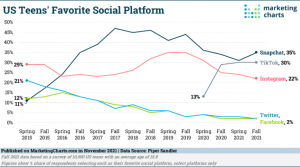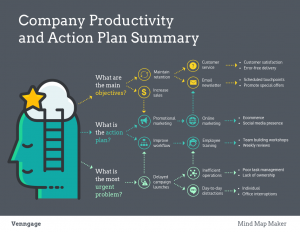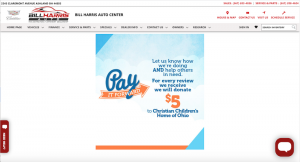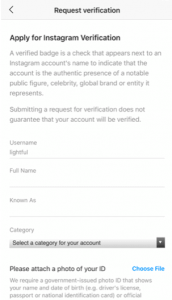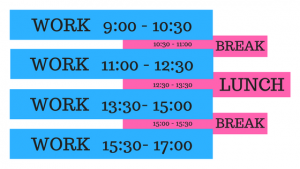At our recent panel debate, 21st Century Recruitment, we talked to panellist Angela Hood, CEO of ThisWay Global. ThisWay Global develops technology solutions that match perfect candidates with their perfect roles, and avoid unconscious bias, a major factor in the recruitment of a diverse workforce. Here Angela tells us a little more about the challenge of bias in recruitment, and how recruiters can address this through carefully targeted content marketing.
What is the unconscious bias?
A good way to describe it is when you meet, say, a friend of a friend, and you instantly say to yourself, “I don’t like that person and I don’t really know why.” Maybe their hair is too weird for you, maybe it was to do with how you were introduced, or they seem like they’re in a bad mood and so you assume that they always have a bad attitude. Then later on you discover you actually like them. So you recognise that you made a superficial judgment when you met them, but the point is, that reaction can’t be helped; it’s an unconscious thing.
In life we do tend to make decisions quickly and often based on very irrational factors, and we know we do it in our daily lives. In a professional setting we like to think that we don’t, but the truth is it still exists.
That reaction can’t be helped; it’s an unconscious thing
How do you avoid that bias professionally?
We can’t completely correct it – after all, it’s still a human hiring a human – so we have technology that can review candidates objectively and without that bias. Of 300 candidates for a job, we would deliver a pool of, say, seven that are potentially a good fit for the company. This is good for the candidates, of course, but also helps the company demonstrate that they are talking active steps to avoid that kind of bias in their hiring process.
How does ThisWay Global’s product work?
We’re iterating right now to what the product will actually be when it’s launched globally in January. Companies that provide us with feedback are entered into a beta trial of the product. Basically our product isn’t just an algorithm that looks at skills and work experience, it also considers a candidate’s motivation for the job, their short-term and long-term goals, the type of culture they’re looking for and their ideal kind of corporate structure. We don’t look at the company’s job description; we look at the overall objective of this role.
So this is almost a reverse approach to presenting the employee value proposition?
Right, and it also helps businesses evaluate who is working for them currently in their own organisation; don’t forget that often these are very large corporations that can’t necessarily keep close tabs on every individual.
They might come to us and say, “we have part of our team that is working really well, and a part of the team that’s not, and we don’t know why.” Using the information available to us we can identify and build profiles of the types of people who are genuinely happy in their jobs, in other words, the employees these companies should look to retain.
Identify the type of candidate you ideally need, and importantly their pain points – their struggle
And how can we implement recruitment content marketing techniques to help avoid unconscious bias in recruitment, and also to recruit for a more diverse workforce?
It’s all about demonstrating, through the recruitment content you put out, your willingness to be open-minded.
To do this, firstly, one has to accept that unconscious bias happens. We all do it and it’s not a value judgment on you as a person.
Secondly, we need to change the mindset about what a ‘good’ employee looks like. So for instance, a company might have a policy of not allowing staff to have any visible tattoos, or that women must wear high heels. We have to ask why. Is there an actual reason or was it because it was put in the books 20 years ago?
Now those are obviously very visual cues to form a bias, but what about the invisible ones? What about a disability?
A poignant story of ours that we often cite is one of an unbelievably skilled coder. He suffers from Asperger’s Syndrome and agoraphobia, so he doesn’t like interacting with people or the public. The prospect of a job interview might keep him in his bed for a week – he just can’t do it.
We need to change the mindset about what a ‘good’ employee looks like
The reason that he’s on our system is because his brother registered him. The brother explained that he is highly gifted and needs a job. We asked him what the candidate’s struggle was and he explained that the candidate can’t attend an interview, nor can he be subjected to a video interview.
We came across this one institute, that worked with NASA, that needed a very specific type of coding. We determined that this candidate would likely fit the bill. So we suggested that we devise a coding test whereby the company can watch him code without him needing to be on video, but he can still interact with the company if need be. If he passed that, then we’d work with the company to figure out the next steps. The NASA institute agreed.
Turns out this guy wrote the best code the institute had ever seen. They said they would do whatever they had to do to get him in. The candidate now works remotely and the institute now has an expert coder who is happy in his job.
The point is, all of that was made possible because the company was willing to be open minded about the fact that a person unwilling to fall into the normal constraints of employment might be exactly the person they needed.
Business & Finance Articles on Business 2 Community
(57)

